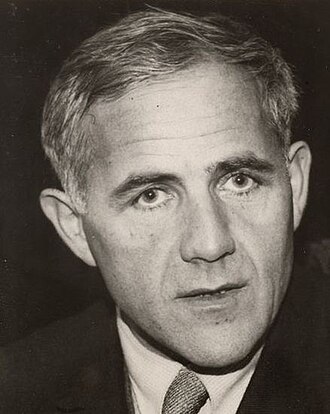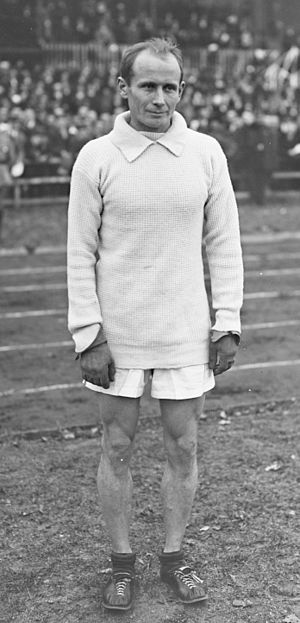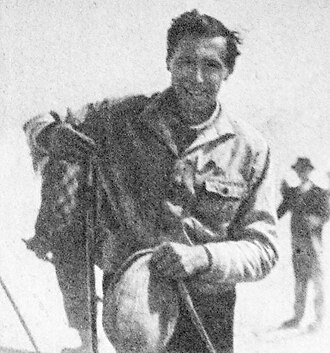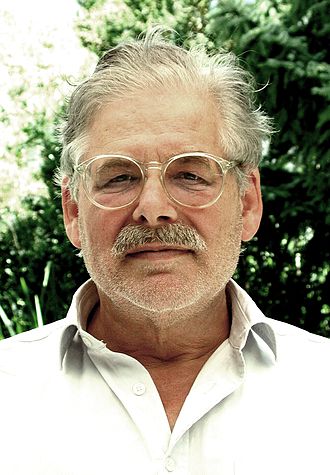Discover Your Roots
SIGN UPDiscover Your Roots
SIGN UPHannes is a male given name of Scandinavian origin, meaning "God Is Gracious." It is a diminutive of the names Johannes or Hannibal. The name has a strong historical and cultural significance, widely used in Scandinavian countries. Notable individuals bearing the name Hannes include Swedish chemist and Nobel Prize winner Hannes Alfvén, Finnish long-distance runner Hannes Kolehmainen, and Icelandic footballer Hannes Halldórsson. The name has also been portrayed in fiction, with a character named Hannes appearing in the popular manga series "Attack on Titan." Hannes is a timeless and dignified name that carries a sense of divine benevolence and grace, making it a popular choice for parents seeking a name with deep meaning and cultural roots.

Hans Emil "Hannes" Meyer, born on November 18, 1889, was a Swiss architect and the second director of the Bauhaus Dessau from 1928 to 1930. He was trained as a mason and practiced as an architect in Switzerland, Belgium, and Germany. Meyer was known for his radical functionalist philosophy, emphasizing low-cost designs to fulfill social needs. He established a company with Hans Wittwer and designed the Basel Petersschule and the Geneva League of Nations Building, both relying on the new possibilities of structural steel, yet neither was built.Appointed as the director of the Bauhaus architecture department in 1927, Meyer brought significant building commissions for the school, such as the Laubenganghäuser and the Bundesschule des Allgemeinen Deutschen Gewerkschaftsbundes (ADGB Trade Union School), both of which still exist. Dismissed from Bauhaus for allegedly politicizing the school, Meyer emigrated to the Soviet Union in 1930, where he taught at WASI and advised on urban projects and the redevelopment of Moscow as part of the first five-year plan.Hannes Meyer's influence on modern architecture and urban planning is substantial, and his legacy continues to inspire architects and designers worldwide.

Hannes Wader, born Hans Eckard Wader on 23 June 1942, is a renowned German singer-songwriter, known as a "Liedermacher." He has been an influential figure in German leftist circles since the 1970s, using his songs to address socialist and communist resistance to oppression in Europe and other regions like Latin America, as well as advocating for peace through anti-war songs. Wader's repertoire primarily consists of German folk songs, and he has also performed works by famous poets like Eichendorff. Over the years, Wader has transitioned from singing workers' songs and socialist hymns to exploring a diverse range of musical styles, including albums exclusively featuring works by Franz Schubert and translated pieces from Carl Michael Bellman. Notably, his provocative songs led to his association with the political left, and he was a member of the German Communist Party from 1977 to 1991. Throughout his career, Wader has released numerous albums and performed in open-air concerts and clubs, leaving a lasting impact on the music scene.

Juho Pietari "Hannes" Kolehmainen, born on December 9, 1889, was a legendary Finnish Olympic champion and a world record holder in middle- and long-distance running. Known as one of the "Flying Finns," he secured four Olympic gold medals, setting himself apart as a dominant force in long-distance running. Kolehmainen's outstanding performance at the 1912 Summer Olympics in Stockholm solidified his legacy, where he clinched three gold medals in the 5000m, 10,000m, and cross country events. His remarkable athletic career was briefly interrupted by the First World War, but he made a triumphant return, claiming the gold medal in the marathon at the post-war Olympics in Antwerp. Kolehmainen's enduring impact on Finnish athletics was further exemplified when, alongside Paavo Nurmi, he had the honor of lighting the Olympic Flame at the 1952 Summer Olympics in Helsinki. A devoted vegetarian, Kolehmainen's dedication to sport and his significant contributions to the Olympic Games will forever be remembered. He passed away in Helsinki on January 11, 1966.

Johann "Hannes" Schneider (24 June 1890 – 26 April 1955) was an influential Austrian ski instructor and is widely regarded as the Father of Modern Day Skiing. Born in Stuben am Arlberg, Austria, Schneider's initial exposure to skiing came in 1900 when he witnessed Viktor Sohm's visit to his town. Schneider's passion for skiing led him to develop the renowned Arlberg technique, a pioneering method of ski instruction that remains fundamental in alpine skiing education today. Throughout his career, Schneider's expertise attracted numerous aspiring ski instructors, including prominent figures such as Luggi Foeger, Rudi Matt, and Otto Lang.Schneider's impact extended beyond his instructional prowess, as he played a pivotal role in popularizing skiing through his appearances in documentary films and co-authoring instructional books. Despite facing adversity during World War II, including imprisonment by the Nazis, Schneider's legacy endured. In 1939, he relocated to the United States and reopened his ski school at Cranmore Mountain in North Conway, New Hampshire, where he continued to share his expertise until his passing in 1955.Hannes Schneider was posthumously inducted into the U.S. Ski Hall of Fame in 1958, and his enduring influence is commemorated annually through the Hannes Schneider Meister Skiing Cup at Cranmore Mountain Resort. The New England Ski Museum also features an exhibit celebrating his contributions to the sport of skiing. Schneider's

Hannes Keller (20 September 1934 – 1 December 2022) was a distinguished Swiss physicist, mathematician, deep diving pioneer, and entrepreneur. He made history in 1962 by reaching a depth of 1,000 feet (300 m) in open ocean, setting a new world record. Keller's interest in deep diving led to the development of tables for mixed-gas decompression, and his success in testing the idea in lakes and oceans led to the construction of decompression chambers bought by navies and hospitals. Beyond his deep diving achievements, Keller made a name for himself as an entrepreneur in the IT industry during the 1970s and 1980s, selling his own line of computers and becoming a leading vendor of IBM PCs in Switzerland. He also ventured into the development of software products and ran Visipix, the largest fine art and photo museum online with 1.3 million exhibits. Keller's diverse talents extended to music, as he was an amateur classical pianist who produced two CDs and occasionally performed for large audiences. His legacy continues to inspire, and he served on the advisory board for the United States Historical Diving Society until 2009. Keller passed away on 1 December 2022 in Niederglatt, Switzerland, at the age of 88.
All images displayed on this page are sourced from Wikipedia or Wikimedia Commons.We use these images under their respective Creative Commons or public domain licenses. Wherever applicable, author attributions and license information are provided. If you believe an image is used incorrectly or outside its license terms, please contact us so that we can review and correct the issue.